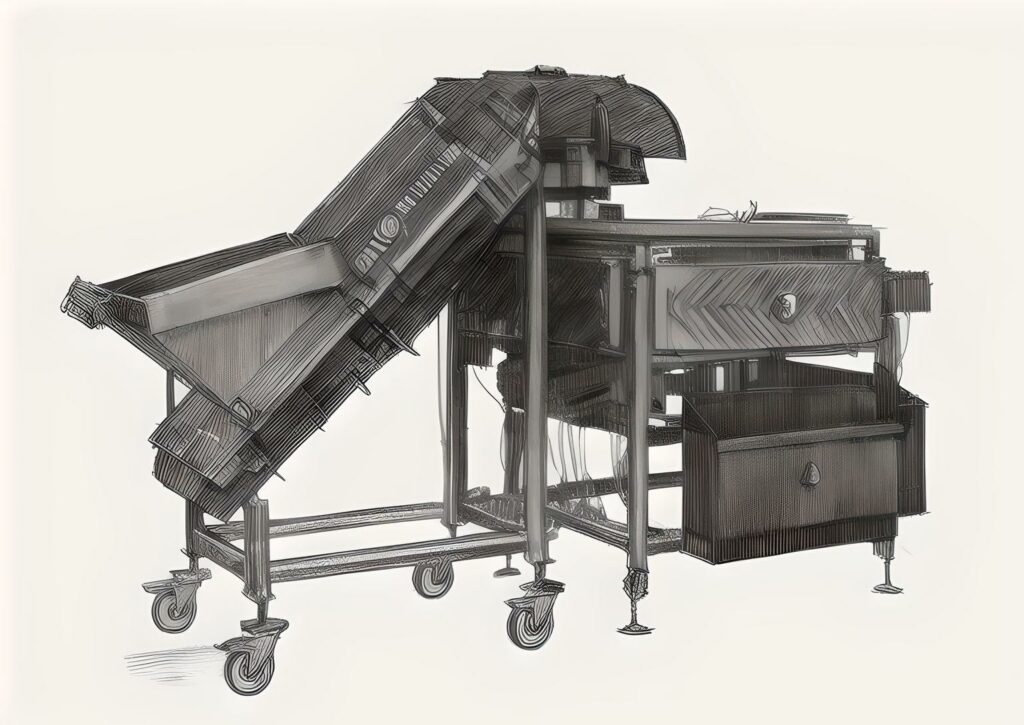Understanding Packaging Automation: Key Components and Benefits
Packaging automation is the use of technology to automate the process of packaging products. This includes everything from preparing and packing products to labeling and palletizing them. By automating these tasks, businesses can improve efficiency, reduce costs, and ensure consistency in their packaging.

Key Components of Packaging Automation
- Conveyor Systems: These are used to move products through different stages of packaging.
- Robotic Arms: These can pick and place products into packaging.
- Sensors and Cameras: These ensure products are correctly positioned and properly packaged.
Benefits of Packaging Automation
- Increased Efficiency: Automation speeds up the packaging process, allowing businesses to package more products in less time.
- Cost Reduction: By reducing the need for manual labor, companies can save on labor costs.
- Consistency and Quality: Automated systems ensure that each package is consistent and meets quality standards.
- Safety: Automation reduces the risk of injuries associated with manual packaging tasks.
Essential Equipment in Packaging Automation: Palletizers and Vertical Loaders
Two critical pieces of equipment in packaging automation are palletizers and vertical loaders.
Vertical Loaders
Vertical loaders are used to load products into vertical bags or containers. They are especially useful for products that need to be packaged in a vertical position, such as liquids, powders, or small items. Vertical loaders ensure that products are loaded evenly and accurately, which helps maintain the quality and appearance of the packaging.
Palletizers
Palletizers are machines that automatically stack products onto pallets. They come in various types, such as:
- Conventional Palletizers: These use a fixed pattern to place products on a pallet.
- Robotic Palletizers: These use robotic arms to pick and place products, offering more flexibility in pallet patterns.
Palletizers help streamline the packaging process by quickly and efficiently stacking products, which is essential for shipping and storage.
Advanced Techniques in Food Packaging: Flow Wrap and Thermoformer Integration
In the food industry, packaging automation plays a crucial role in maintaining product freshness and safety. Two advanced techniques in food packaging are flow wrap and thermoformer integration.
Flow Wrap
Flow wrap is a packaging technique where products are wrapped in a continuous roll of film. This method is commonly used for packaging food items like candy bars, cookies, and snacks. The flow wrap process involves:
1. Product Feeding: Products are fed into the machine.
2. Film Wrapping: The film is wrapped around the products.
3. Sealing and Cutting: The film is sealed and cut to create individual packages.
Flow wrap packaging helps protect food products from contamination and extends their shelf life.
Thermoformer Integration
Thermoformers are machines that heat and mold plastic into packaging shapes. This technique is often used for packaging meat, cheese, and other perishable foods. The thermoforming process includes:
1. Heating Plastic Sheets: Plastic sheets are heated until they become pliable.
2. Molding: The heated plastic is molded into the desired shape.
3. Sealing: The packaging is sealed to keep the product fresh.
Integrating thermoformers into the packaging line ensures that food products are securely packaged, reducing the risk of spoilage and contamination.
Enhancing Efficiency with Specialized Equipment: Meatball Loading and Beyond
Specialized equipment can further enhance the efficiency of packaging automation, particularly in the food industry.
Meatball Loading
Meatball loading equipment is designed specifically for packaging meatballs. This equipment automates the process of portioning, loading, and packaging meatballs, ensuring consistent size and weight for each package. This not only improves efficiency but also maintains product quality.
Beyond Meatball Loading
Other specialized equipment includes machines for loading and packaging items like sausages, patties, and other meat products. These machines can handle a variety of tasks, such as:
- Weighing: Ensuring each package contains the correct amount of product.
- Sealing: Ensuring packages are properly sealed to maintain freshness.
- Labeling: Automatically applying labels with product information.
Using specialized equipment for meat packaging helps create a complete food factory line, where every step of the packaging process is automated and optimized for efficiency.
Conclusion
Packaging automation is essential for modern businesses, particularly in the food industry. By understanding the key components, benefits, and advanced techniques, companies can improve their packaging processes. Essential equipment like palletizers and vertical loaders, along with advanced techniques like flow wrap and thermoformer integration, play a vital role in enhancing efficiency. Specialized equipment for tasks like meatball loading further optimizes the packaging line, ensuring high-quality, consistent, and safe food products. Embracing packaging automation is a step towards a more efficient and cost-effective production process.
To learn more about how your factory can benefit from packaging automation, Contact Us today.




